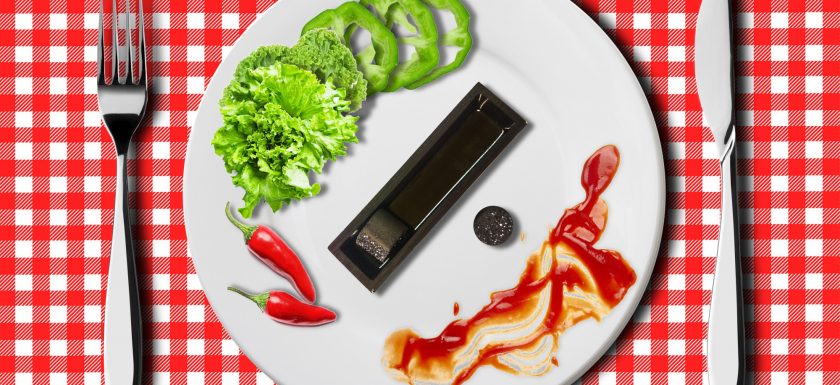
Ingredients: kesterite bulks, carbon boats, liquid nitrogen, quartz ampoule
Hi everybody today we are going to prepare one of my favorite “dishes”- Homogeneous kesterite. But first of all, put on gloves and lab coats to protect yourself from accidents.
Preparation can be divided in the following steps:
1.Grinding
Put kesterite bulks in an agate mortar and grind them using a pestle until you obtain a homogenous mass (powder). Imagine that you are making mashed potatoes.
2.Pressing pellets
Use a hydraulic press to turn your powders into cylindrical pellets. To do this, fill the pressing tool with the powder and press it for 5 minutes. When the pellet is ready, place it in a carbon boat. Repeat this procedure for all of the powders.
3.Sealing
Write on the quartz ampoule the name of the pressed powder that will be inside (each ampoule should contain just one pellet in carbon boat). Next, introduce in the ampoule a cylindrical piece of quartz for sealing and fix the ampoule in the pumping station. When the ampoule is evacuated, we can start the sealing process. For this we should use an oxygen – hydrogen flame of ≈3000°C and melt the ampoule around the quartz piece which is inside. To prevent the sample from heating up, it’s recommended to cover the ampoule, in the sample location, with a quartz woolen sock soaked in liquid nitrogen.
4.Annealing
Now we have to put the evacuated ampoules into the ovens and keep them there for several weeks. We need to do this in order to improve the homogeneity of the material. It’s like when you put cheese in the microwave and after it becomes smoother and all the holes disappear.
Obtained powders can be “served” for further analysis by WDX, XRD and UV-VIS.
Guten Appetit!

Thanks for such encouraging comment.
Wow! 3000 degrees Celsius. What a oven! And a quartz sock soaked in liquid Nitrogen too is needed. Thank you for the lovely receipe. You describe the procedure very well !